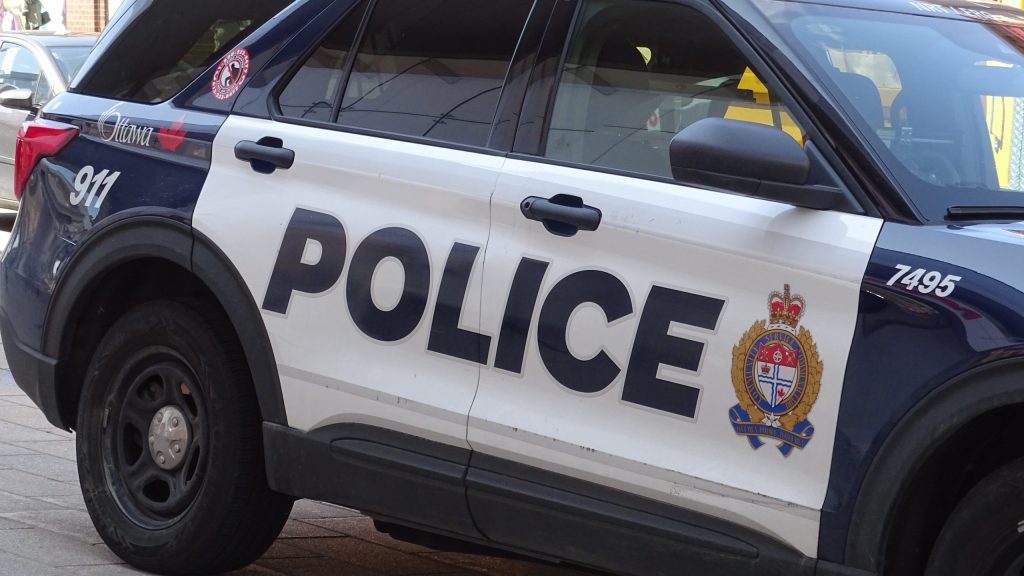Infra
‘Almost back to normal:’ Cleanup continues after record-breaking rainfall, flooding in Toronto

The Don Valley Parkway and Gardiner Expressway have reopened this morning following record-breaking rainfall in Toronto on Tuesday that caused widespread flooding.
The DVP was shut down between Bayview Avenue and Bloor Street on Tuesday for about 18 hours after torrential downpours quickly flooded the busy highway, stranding some motorists.
A section of the Gardiner Expressway that was closed due to flooding also reopened between Jarvis Street and the DVP on Wednesday morning. Bayview Avenue between Pottery Road and River Street remains closed as crews work to clean up debris.
The closures, along with a slew of weather-related transit disruptions, caused commuter chaos for Torontonians on Tuesday.
“Things are almost back to normal. We are very resilient. We are mostly prepared,” Chow told CTV Your Morning on Wednesday.
“All of the highways are open. Most of the roads are open. Our public transit is functioning.”
IN PHOTOS: A look back at the massive flooding across Toronto
She said Toronto Fire crews responded to 1,700 calls for service on Tuesday, rescuing people from elevators and rising flood waters on city streets and highways.
“We are very thankful for these emergency services people,” she said. “The city crews worked overnight to repair everything, to clear the debris.”
In an interview on Tuesday, Chow was asked about stranded drivers and whether the DVP should have been closed sooner amid the flash floods on Tuesday. She said the city was reluctant to shut down a major highway given all of the congestion issues in Toronto.
“The amount of rain, the speed it came was incredible so I don’t want to second guess our staff but certainly we need to evaluate the situation,” she said.
The inclement weather also led to a massive power outage across the city, with Toronto Hydro reporting that 167,000 customers were without power at the peak of the outage. In an email to CP24 on Wednesday morning, the utility confirmed that power has been restored to the vast majority of homes and businesses in the city and just 3,300 customers are still waiting for the lights to come back on.
In an update Wednesday on the cleanup efforts across Toronto, the city said water levels in the Don River are now “falling.”
“The city will continue inspecting bridge, culverts and guardrails throughout the day,” a news release issued Wednesday read.
TTC service is operating normally this morning although Metrolinx reported some GO train issues due to flooded tracks.
Union Station, which experienced massive flooding, is now fully operational. Retail and food courts at the downtown transit hub are also open.
On Toronto Island, the city said, there is flooding in various low-lying waterfront parks.
“The impact won’t be known until the water recedes in the coming days,” the news release read.
According to the city, a small number of its pools and community centres remain closed Wednesday due to “flooding or a loss of power.”
Rainfall totals exceeded 100-year storm mark
City Manager Paul Johnson said while Toronto’s emergency management program had been activated prior to the weather event, the storm unfolded in unexpected ways.
“Some parts of this storm hit certain parts of the city in a way that was nowhere near predicted when we started to look at how of the storm was going to roll through,” he told CP24 on Wednesday morning.
“In parts of the west end where lots of the power failures and flooding happened down by the lake, we were receiving rainfalls that were above that 100-year storm mark. And in other parts of the city, it was just a little rain storm.”
He added that while the city’s water treatment plants did have to go on “some form of diversion” on Tuesday, the water and sewage systems did not fail.
“There were moments yesterday where our systems were simply overwhelmed… when it becomes overwhelming for those systems, some of it does get discharged only partially treated,” Johnson said.
“It is something we continue to work on. I will say, years and years ago, it was a lot worse. We’d have much less storm activity that would cause much more sewage to be discharged. So it is never something we want to see happen from an environmental perspective. But it is much better now than it was before. But when you get that amount of water in that short a period of time, there is little we can do.”
He said the city did all it could to prepare for the heavy rainfall.
“These are tough days but it is also an example of how the city does work really well,” he added.
“Things like this have happened in Toronto before. They unfortunately are going to happen in the future as well.”
Chow, who also spoke to CP24 on Wednesday morning, said the city is taking steps to prevent flooding in the future, noting that work is underway to divert the Don River into Lake Ontario as part of ongoing flood mitigation efforts.
“Climate change is real and in fact we’ve seen data that tells us these kinds of huge rainstorms are going to double in number in 15 years,” she said.
Speaking to reporters at an unrelated news conference in Toronto on Wednesday morning, Prime Minister Justin Trudeau thanked first-responders, city staff, and hydro workers for their continued efforts to reopen roads and restore power to residents and businesses.
“It was signficant event and I want you to know that we are all there to work together to make sure that not just people get supported through this but that this happens more and more infrequently in the coming years,” Trudeau said.
“The reality is though, with climate change, there are going to be more extreme weather events. So we need to continue to step up on our fight against climate change. We also need to continue to be making investments in resilient infrastructure that can handle what the future is holding.”









